Solar power is growing in popularity.
Those who own structures like business offices are starting to switch over to solar power while stadiums powered by solar are the latest trend in operating massive public spaces. In fact, the MetLife Stadium is a solar powered stadium as is the CenturyLink Field.
Along with many homeowners deciding to use the alternative power source for their residences, a number of landmarks around the world have installed solar panels, using the available modern technology in renewable energy.
With renowned landmarks like the CIS Tower, the Poh Em Shih Buddhist Temple and the Taj Mahal embracing solar energy, more and more people will welcome this form of power, ushering in the solar age.
The Vatican
Around during a period when people needed a sundial to tell the time, the Vatican has seen many changes.
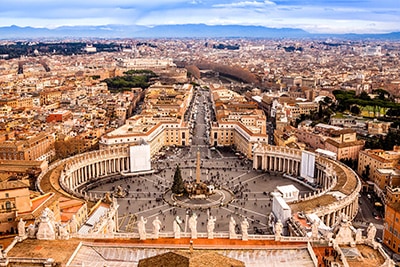
Pope Benedict XVI was the first Vatican leader to use solar energy. Surrounded by Rome, the landmark is often on the itinerary of travelers who visit Italy. It is a place that welcomes visitors, and in 2008, the landmark installed a whopping 2,700 panels on the Paul VI auditorium. By taking this step, the historical location will avoid releasing 400 tons of carbon dioxide monthly.
In fact, the landmark has been referred to as a “solar nation” after it spent something like $600 million to install enough panels to provide power to its 40,000 households.
The panels provide:
- Heat
- Cool air
- Light
By the year 2020, it is the city’s plans to use renewable energy for 20 percent of its power needs. SolarWorld designed and installed the landmark’s solar energy system. Pope Benedict has long been a proponent of renewable energy. He has made several appeals for humans to protect the environment. He has even hosted a scientific conference about the consequences of global warming and climate change. According to the pope, to avoid destroying the planet, the human race must pay attention to “the voice of the Earth.”
The White House
Displaying his dedication to renewable energy, President Barack Obama requested the installation of solar panels during his presidency in 2010.
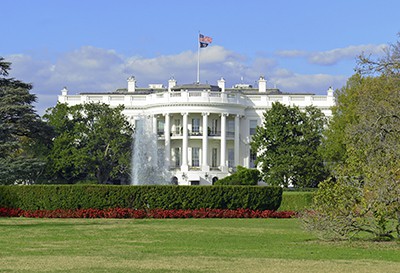
He wasn’t the first president to bring this form of alternative energy to the landmark. In 1979, Jimmy Carter had 32 panels installed on the presidential mansion during his time as the country’s leader. At the time, the country was dealing with an oil embargo that caused a nationwide energy crisis. To be an example to the U.S. citizens and conserve energy, Carter chose solar energy.
Ronald Reagan had the panels taken down in 1981.Reagan’s views on energy consumption were different. He saw the free market as a better way to support the country. He felt that corporate self-interest was the right direction.
In 2003, George W. Bush ordered the installation of a solar-generated system designed to give the White House’s grounds some electricity. He also installed solar-powered systems for the pool and spa.
White House officials report that president Obama’s solar panels paid for the cost of installation last year. They will transform sunlight into 19,700 kilowatt hours of electricity every year. This Washington landmark welcomes visitors.
The Eiffel Tower
In 2012, Paris announced that the world-famous Eiffel Tower was making the shift to green energy by going solar. The landmark also receives its power through hydraulically fueled turbines. Stretching 324 meters into the sky, the towering structure is one of the city’s most popular tourist attractions. In fact, more than a quarter of a billion visitors have toured it since it opened. Every seven years, the structure is repainted. It takes 60 tons of paint to cover it.
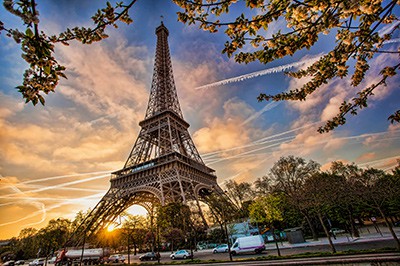
Solar panels have been installed along the roof of the Ferrie Pavilion. These panels provide more than 50 percent of the tower’s hot water. Two wind turbines were also installed on the site to produce power. According to energy experts, the turbines will generate 10,000 kilowatt hours every year. This is enough energy to power the Eiffel Tower’s commercial spaces.
With the different energy saving elements in place, the Tower’s energy consumption decreased by 30 percent. Nick Blitterswyk, The CEO of UGE, the international solar energy company responsible for the landmark’s energy saving installation, said, “The Eiffel Tower is arguably the most renowned architectural icon in the world, and we are proud that our advanced technology was chosen as the Tower commits to a more sustainable future.”
Chirk Castle
Confirming that solar power can work for more than modern structures, the Chirk Castle recently received a roof-mounted solar thermal system, one that provides hot water to the landmark in the summer. The installation of solar will reduce the structure’s carbon footprint by more than 4,000 kg of CO2 each year and save about 8,000 kw annually.
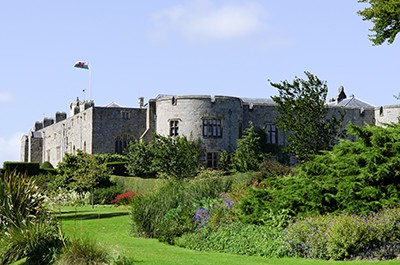
Located near Llangollen, Wales, the castle was constructed as one of King Edward I’s fortresses. These buildings stretched out across the north of Wales. A landmark that welcomes visitors, the castle is 700 years old. It was built during an era when a sundial was used to track the time of day. It features grounds that are just as pretty as the main structure, and those who tour it will have the chance to enjoy the views of the castle’s surrounding countryside.
To protect the visual beauty of Chirk Castle, the solar panels were only fitted to areas where it was safe and appropriate, proving that even fragile structures can be Earth-friendly. The environmental practices adviser for Wales, Keith Jones, said, “These large buildings, with their acres of roof, are ideal for this type of technology.”
Burj Khalifa
The Burj Khalifa in Dubai stands at a towering 829.8 m tall. As the world’s largest building, it is a tourist magnet.
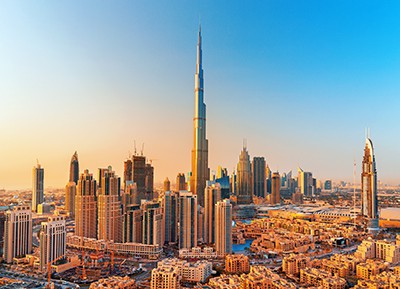
The building’s designers decided from the onset that they would incorporate solar panels when constructing the tower. It has 378 panels that heat an estimated 140,000 liters of water in just seven hours. The panels heat most of the building’s water for its residents. By producing solar powered water, the building’s energy savings is at 3,200 kilowatts every day. The building’s panels are solar energy collectors instead of photovoltaic electricity generating panels.
Burj Khalifia was built as the centerpiece of a major, mixed-use development, one that has 30,000 homes in addition to nine hotels. The landmark includes park areas as well as an artificial lake. It’s basically a city unto itself. When people visit Dubai, a stop at the tower is usually on the itinerary.
Ahmad Al Matrooshi, the managing director of UAE, Emaar Properties, said, “Energy efficient measures, especially through use of renewable sources, are not an option but an imperative for sustainable growth.” The landmark is the perfect example of how urban developments have the ability to integrate energy-friendly initiatives effectively.
Solar Power is Good for Everyone
With famous landmarks like the CIS Tower, the Taj Mahal and the Poh Em Shih Buddhist Temple going green by installing solar power, homeowners may be inspired to do the same. Today, large structures like a solar powered stadium can really make a difference when it comes to saving energy. Since solar power decreases a building’s power bills while helping the environment, making the switch to solar just makes sense. The solar age is on its way.